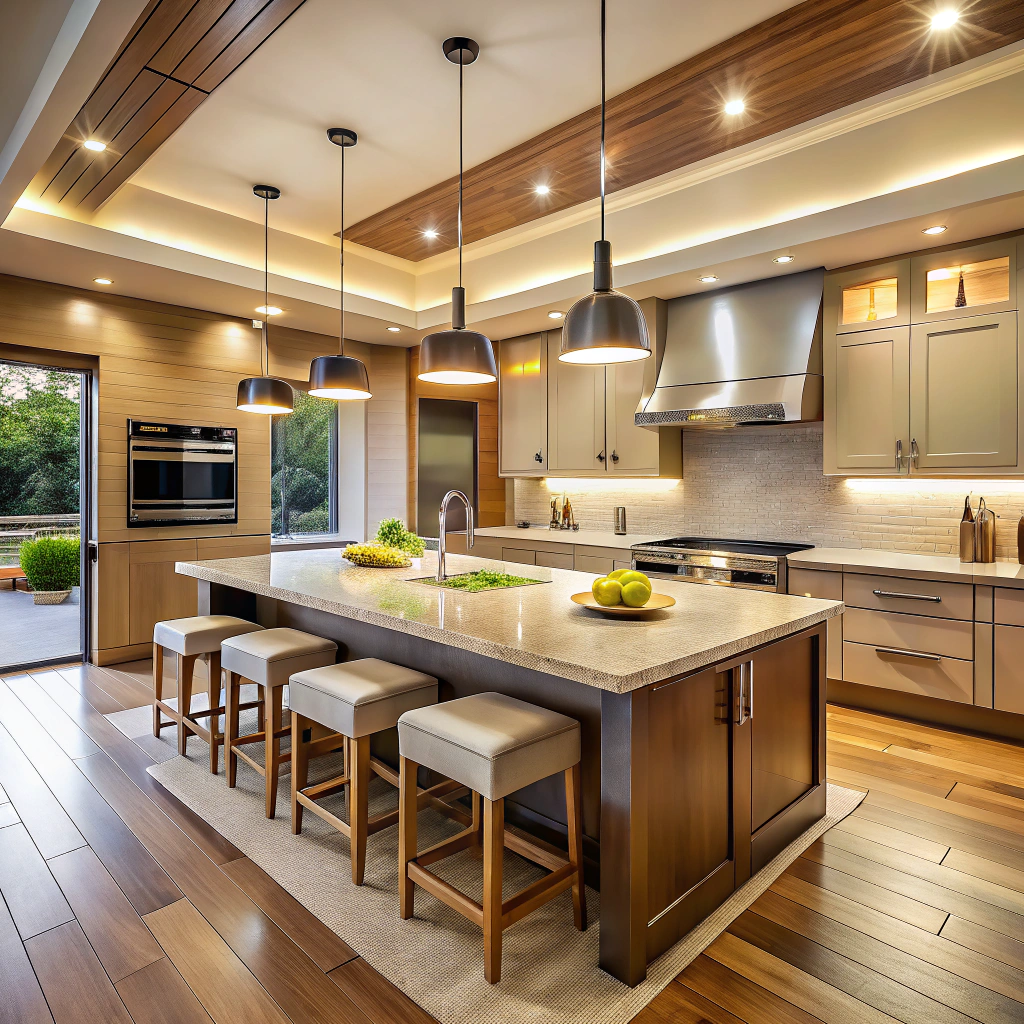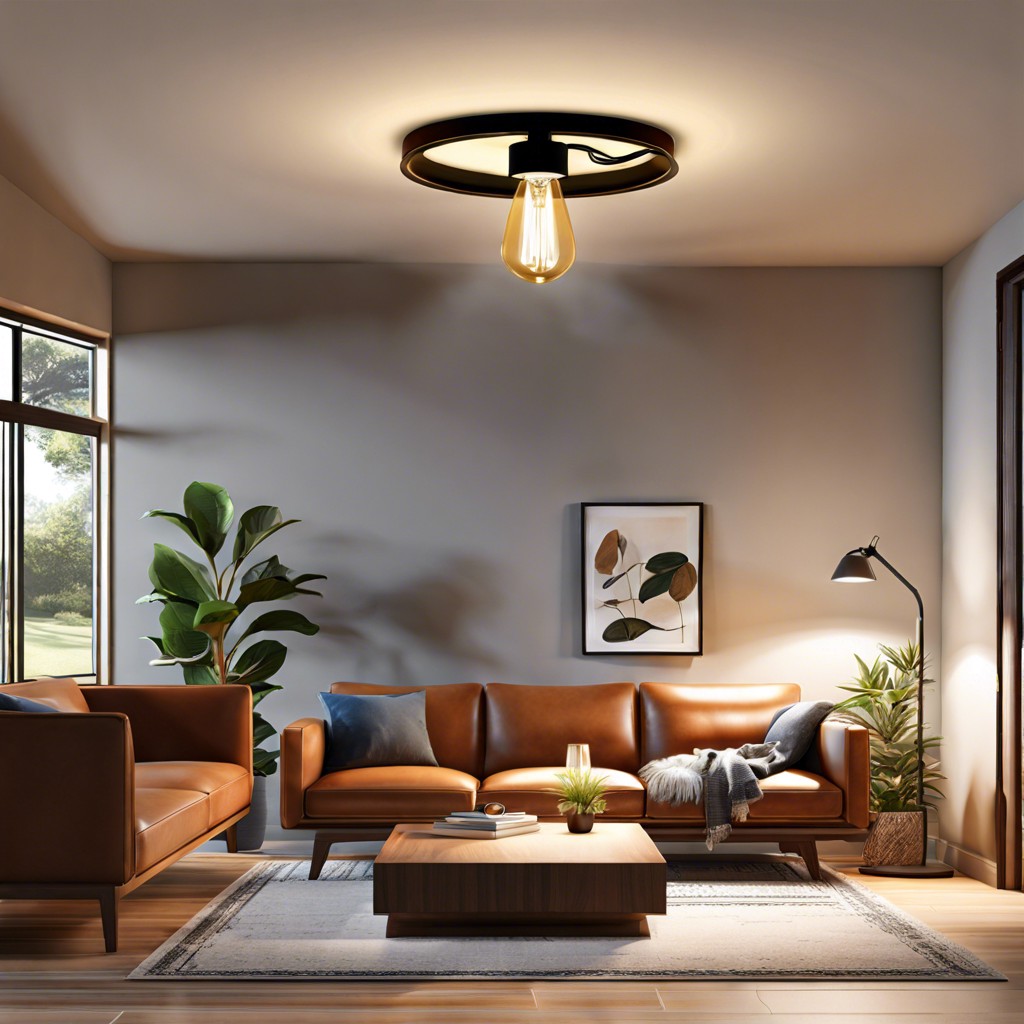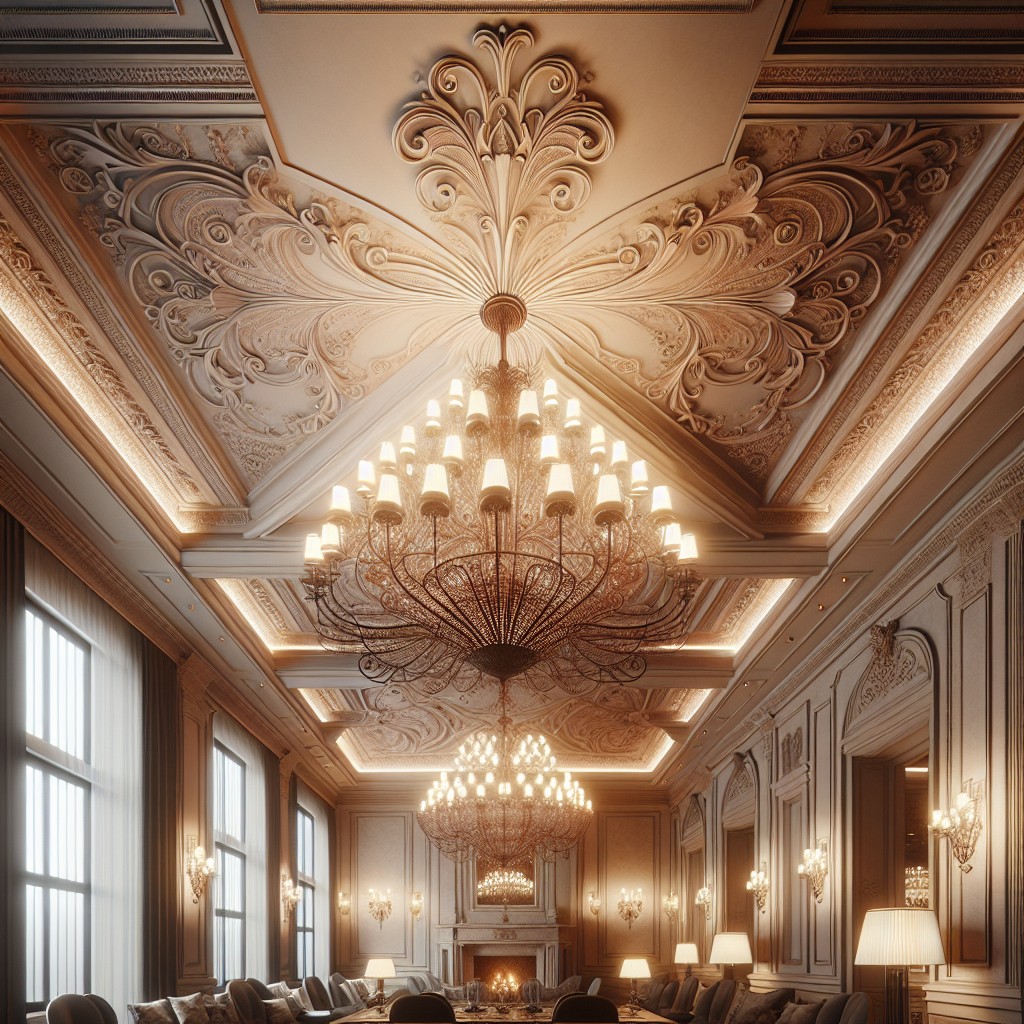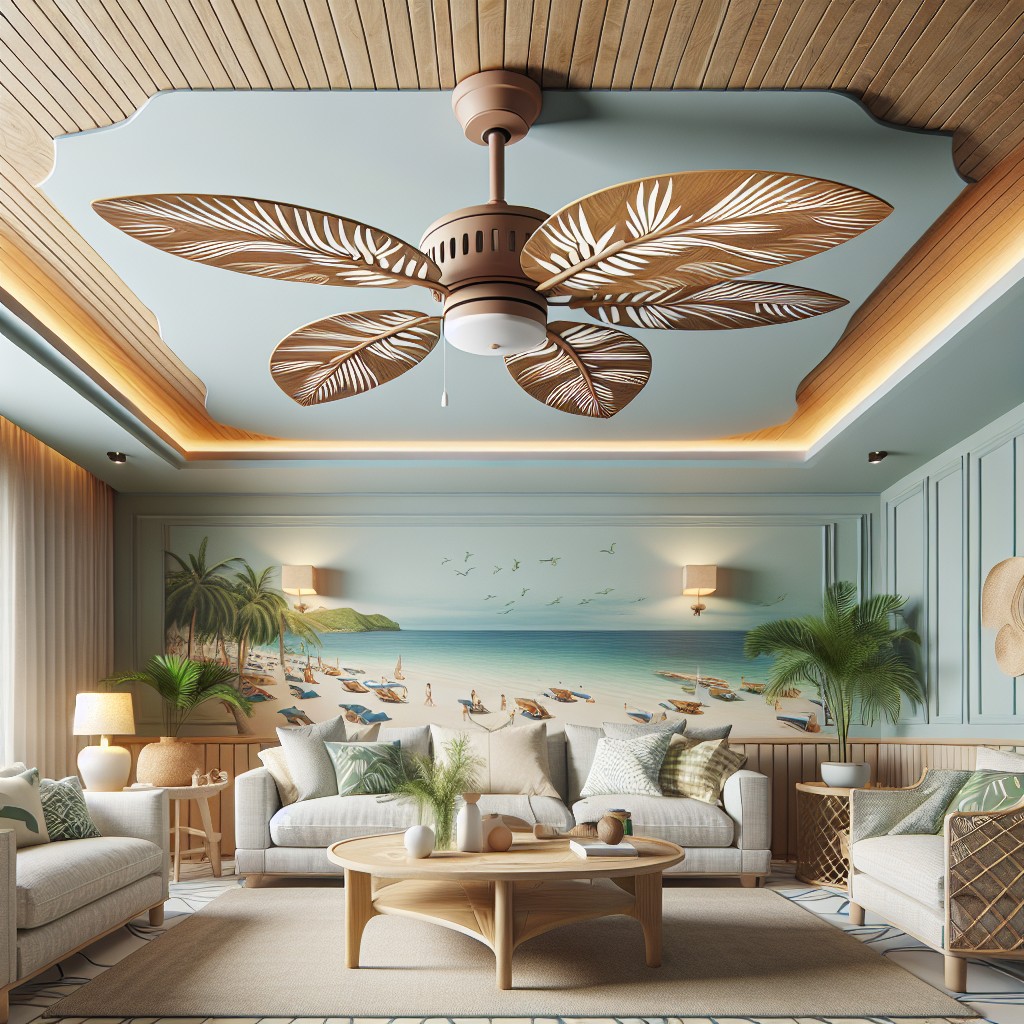Last updated on
This article explains how lumens per square foot determine the brightness of a space and provides practical tips on achieving the right lighting levels.
Ever felt like your living room is brighter than a spaceship while your kitchen is a dark abyss? Understand the magic number of lumens per square foot and transform every inch of your home into a perfectly lit paradise. From the science-y stuff like calculating total lumens to handy tips on wall colors and ceiling heights, we’ve got it all. Dive in, because you are seconds away from becoming a lighting expert!
Key takeaways:
- Lumens indicate light brightness, not watts.
- Choose higher lumens for brighter lighting.
- Room purpose, natural light, and ceiling height affect lighting needs.
- Living room needs 10-20 lumens, kitchen 70-80, office 60-80.
- Wall color and ceiling height impact on light requirements.
What's Inside
Understanding Lumens
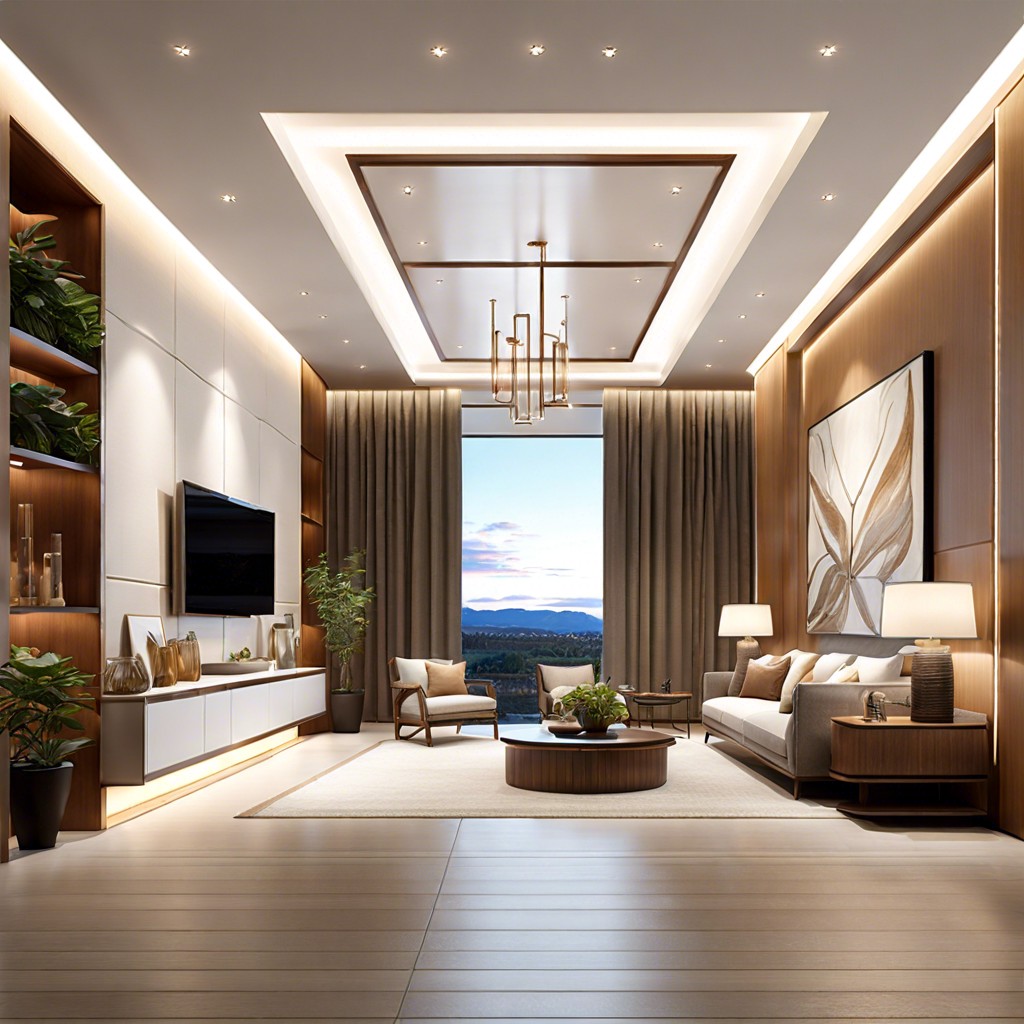
Lumens are your best friend when it comes to measuring light output. Forget about watts; they’re old news. Lumens tell you how much light is being emitted, which is what really matters.
Think of lumens like the power of your flashlight when the lights go out. More lumens, less fumbling around in the dark.
- A standard 40-watt incandescent bulb? About 450 lumens.
- Need to really shine? A 100-watt bulb packs around 1600 lumens.
When choosing bulbs, higher lumens mean brighter light. Simple, right? Lumens help you avoid buying something that turns your dining room into a cave.
Remember, lumens are like spices in your dish: too little, and it’s bland; too much, and it’s overwhelming. Find your sweet spot!
Factors Affecting Lighting Needs
Lighting needs can vary more than you might think. It’s not just about slapping a bulb in a socket and calling it a day. Several factors play a role in how much light a space truly needs.
First up, room purpose: Each room has its own vibe and lighting requirement. Your kitchen, where you might be chopping onions like a sous-chef, needs more light compared to your cozy reading nook.
Next, natural light: How much sunlight pours into your space can significantly influence your lighting needs. If you have large windows, you’ll rely less on artificial lighting during the day.
Then there’s ceiling height: Higher ceilings mean the light has to travel further before it reaches your eyes or that Instagram-worthy dish you just made. You might need stronger or more numerous light sources here.
Let’s not forget about wall color: Darker walls absorb more light, making a room feel dimmer. Lighter walls, on the other hand, reflect light and can make even a single bulb seem brighter.
Lastly, fixture type: The design and placement of your light fixtures can impact light distribution. A poorly positioned light can leave you with shadows and an uneven lighting experience. So, let’s aim for that perfect balance and avoid creating a bat cave in your living room.
Recommended Lumens Per Square Foot By Room
Living room: For cozy evenings and spirited conversations, you’ll want around 10-20 lumens per square foot. Think ambient lighting, table lamps, and maybe that fancy chandelier you’ve been eyeing.
Kitchen: This is where the magic happens, and by magic, we mean food. Aim for a robust 70-80 lumens per square foot. Task lighting under cabinets and bright overhead lights will keep you from mistaking salt for sugar.
Bedroom: Sweet dreams are made of gentle lighting. Shoot for 10-20 lumens per square foot. Bedside lamps for reading and a soft overhead light should do the trick.
Bathroom: Nobody wants to look like a vampire in the mirror. Around 70-80 lumens per square foot will keep things bright. Vanity lights around mirrors are a game-changer.
Office: Stay sharp and focused with about 60-80 lumens per square foot. Desk lamps with adjustable settings can help reduce eye strain during those late-night grind sessions.
Dining Room: Don’t blind your guests mid-bite. A comfortable 30-40 lumens per square foot creates the perfect backdrop for dinner parties and family meals alike.
Hallways: These spaces guide you home, but don’t need to be landing strips. Around 5-10 lumens per square foot works for a gentle, inviting glow.
The Lumen Method – How to Calculate Total Lumens Needed
First, figure out the room’s square footage by multiplying the length by the width. For example, a 10×10 room is 100 square feet—easy math, right?
Next, decide on the recommended lumens per square foot for that room type. You might need 30 lumens per square foot for a living room. Multiply your room’s square footage by the lumens needed. Using our example, 100 square feet times 30 lumens equals 3,000 lumens.
Remember to consider light layering. Ambient lighting fills the room, task lighting focuses on work zones, and accent lighting highlights features. Combine these to get the total lumens needed.
Feeling fancier? Factor in ceiling height. Higher ceilings need more lumens. Just add 20% more light for ceilings above 9 feet.
Don’t forget the room’s paint job. Dark walls soak up light. For darker rooms, boost your lumens by 20%.
And there you have it. Simple math and a bit of creativity to make your space shine.
Ceiling Height Variable
Ceiling height plays a sneaky role in lighting needs. High ceilings can make a room feel spacious, but they also require stronger lighting. Imagine trying to read under a streetlamp—awkward, right? The light disperses over a larger area, losing intensity.
To keep things bright and cozy, consider these tips:
- Higher Ceilings Need More Lumens: For every foot above 8 feet, add about 20 lumens per square foot. So, a room with a 10-foot ceiling needs roughly 40 more lumens per square foot than one with an 8-foot ceiling.
- Using Pendant Lights: Drop some pendant lights closer to your workspace or reading area. It’s like bringing the sun closer without the sunburn.
- Reflective Surfaces Help: Light bounces off shiny surfaces. Use mirrors or glossy finishes to spread light more effectively in rooms with tall ceilings.
Consider your ceiling height when planning your lighting. It will help you avoid turning your living room into a cave or an interrogation room.
Wall Color Variable
Wall color plays a sneaky, yet significant role in determining how many lumens you need. Darker walls absorb more light while lighter colors reflect light, brightening up the space. Imagine wearing a black outfit on a sunny day versus a white one – same principle.
For those ruby red or midnight blue walls, you’ll need more lumens to achieve the same brightness as a room donned in pastel shades. Glossy finishes reflect more light, similar to a disco ball at a party, so they might reduce the lumen requirement a smidge compared to matte finishes.
Always consider the color scheme and finishes when planning your lighting. It’s like picking the right shoes for an outfit – it just pulls everything together beautifully.
Suggested Lumens Per Square Foot By Room
For different rooms in your home, the lighting needs can vary quite a bit. It’s like comparing the lighting needs of a cozy library to a bustling art studio. Both need light, but for different purposes.
In a living room, where relaxation is key, aim for around 10-20 lumens per square foot. It’s like having a mellow mood setter working in the background.
For those culinary adventures in the kitchen, you need more clarity to avoid mistaking salt for sugar. Try to hit 30-40 lumens per square foot. It’s bright enough to dodge any culinary disasters.
In the bathroom, where precision is crucial—think shaving or makeup—a range of 70-80 lumens per square foot is ideal. No one wants to step out looking like a circus act.
And don’t forget your home office. You need to keep those brain gears turning with 40-50 lumens per square foot, so you stay sharp and productive.
Each room has its unique lighting requirement because activities differ. Remember, the goal is to match light levels with function, and your eyes will thank you.
Footcandle Requirements for Various Applications
Offices and workspaces typically need 30-50 footcandles, ensuring people don’t strain their eyes over spreadsheets and memos. Think about practically spotlighting every paperclip if you’re on the zoomier side.
Retail spaces generally demand about 50 footcandles. You want shoppers to see every glittering detail without feeling like they’re in a rave.
Warehouses and industrial areas? Aim for 20-30 footcandles. Low enough to avoid blinding forklift drivers but bright enough to keep accidents in check.
Kitchen areas, the magic spots where culinary masterpieces are born, need around 70-80 footcandles. You don’t want shadowy corners while slicing and dicing.
Ambiance-focused dining areas benefit from a comfortable 15-30 footcandles. Dining by flashlight is no fun; neither is feeling like you’re in an interrogation room.
Each space has its own sweet spot for bright vibes or subtle glows, making footcandle know-how practically an art form.
Commercial Lighting Footcandle Requirements
Walking into a commercial space with inadequate lighting feels like stepping into a creepy horror movie; nobody wants that. Here’s what you need to know to keep the lights bright and the mood light.
Retail spaces: Aim for 50-70 footcandles. Customers need to clearly see products, prices, and details without squinting.
Offices: Shoot for 30-50 footcandles. You want enough light to avoid eye strain while still keeping it comfortable for hours of work.
Warehouses: Keep it around 10-30 footcandles. Safety first, but you don’t need stadium-level brightness. Just ensure workers can navigate and read labels without issue.
Hospitals: Critical areas like operating rooms need around 100-200 footcandles, while general areas can get by with 30-40. Precision is key where life-saving decisions happen.
Restaurants: Dining areas benefit from 20-30 footcandles to create an inviting atmosphere, while kitchens require 50-70 for safe food preparation.
Adjust based on specific tasks and ambiance needs. Remember, the right lighting not only boosts functionality but also sets the right tone.
Residential Lighting Footcandle Requirements
Living rooms thrive at around 10-20 footcandles, enough to keep things cozy without needing sunglasses. Imagine you’re reading a novel or catching up on that never-ending Netflix queue – you want light, but not an interrogation spotlight.
Kitchens, the culinary stage, require 30-40 footcandles. You need to see those onions you’re chopping before they see you. Cooking, reading recipes, and avoiding finger mishaps demand a bit more illumination.
Bathrooms bask best in 70-80 footcandles. Think makeup, shaving, and plugging in an electric toothbrush without creating havoc – all tasks with a need for clear vision.
Bedrooms are a bit more relaxed, enjoying 10-20 footcandles. It’s the perfect balance to wind down with a good book or sneak in a midnight snack run, without feeling like you’re in a football stadium.
Don’t forget hallways and dining rooms, both comfortable at about 10-20 footcandles. Enough to navigate safely and have pleasant meals, without overloading the ambiances.
Essentially, think of footcandles as the Goldilocks principle – enough to be just right for each room’s needs.
